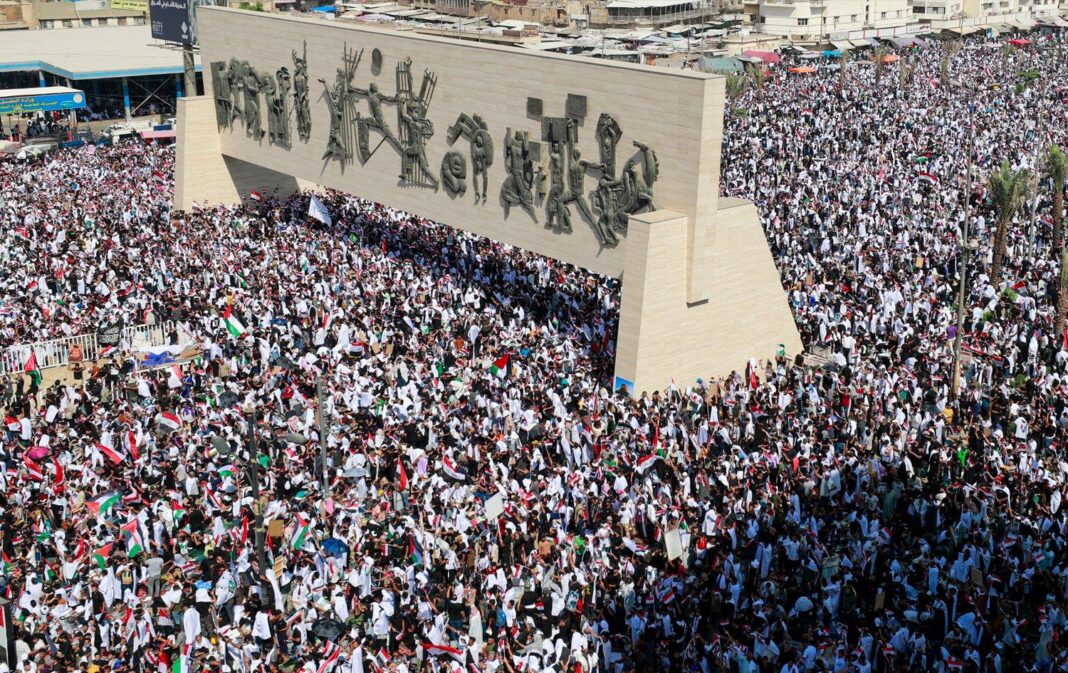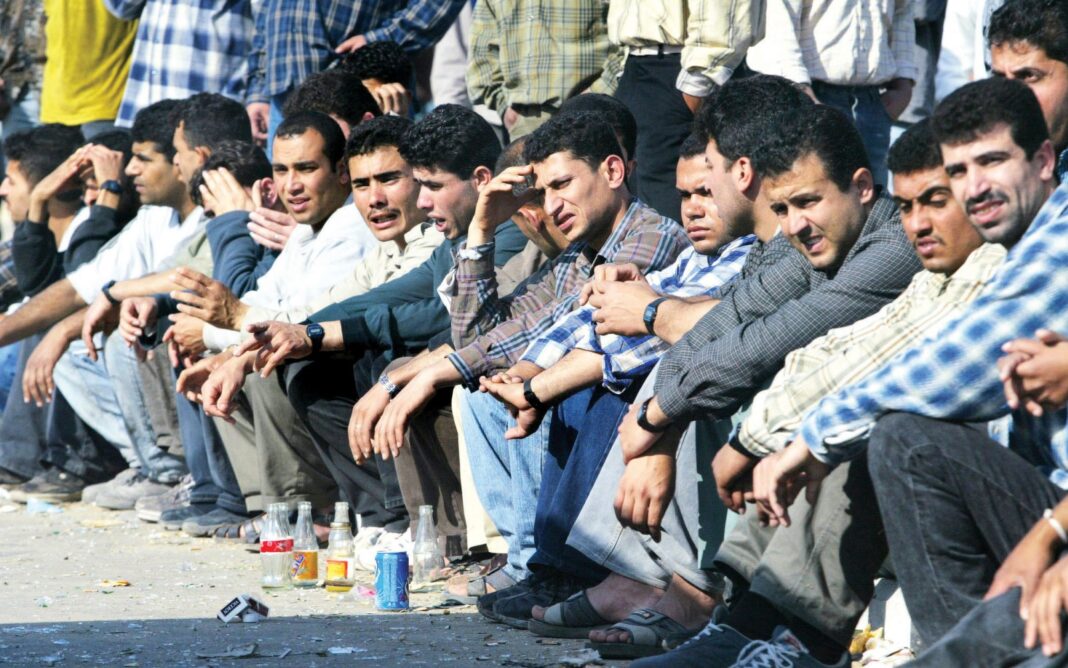Most crowded cities Iraq attract millions of people for various reasons, including job opportunities, services, and historical significance. This article highlights the top five cities with the largest populations. Understanding these cities helps explain urban growth trends and social dynamics in Iraq.
First, Baghdad leads as the most crowded city in Iraq. It is the capital and economic hub, with a population exceeding 7 million. Moreover, Baghdad offers many government services, education institutions, and employment options, attracting people from all over the country.
Secondly, Basra ranks as another crowded city in the south. Known for its port and oil industry, Basra’s population is around 2.5 million. Furthermore, the city’s coastal location makes it a vital trade center and a gateway for imports and exports.
Third, Mosul is a key northern city with a population near 1.8 million. Despite past conflicts, Mosul remains important culturally and economically. Also, its strategic position along the Tigris River supports agriculture and trade.
Fourth on the list is Erbil, the capital of the Kurdistan Region, housing approximately 1.5 million residents. Erbil is experiencing rapid development, thanks to stability and foreign investment. Additionally, it acts as a cultural and business center for the region.
Finally, Karbala holds a population of about 1.2 million people. It is a major religious site attracting millions of pilgrims annually. This influx significantly contributes to the city’s crowdedness, especially during religious events.
In conclusion, the most crowded cities Iraq show how population trends reflect economic, cultural, and political factors. These urban centers continue to grow and shape Iraq’s future. With increasing population density, city planners face new challenges to ensure sustainable living conditions.As these cities expand, they face growing demands for infrastructure, housing, and public services. Addressing these challenges requires careful planning and investment. Ultimately, balancing growth with quality of life will be key to sustaining Iraq’s urban future.



